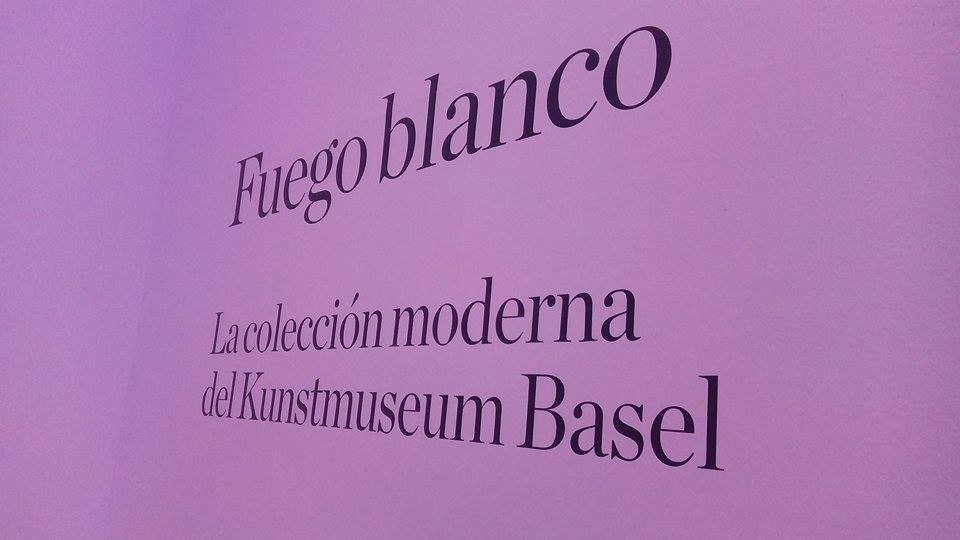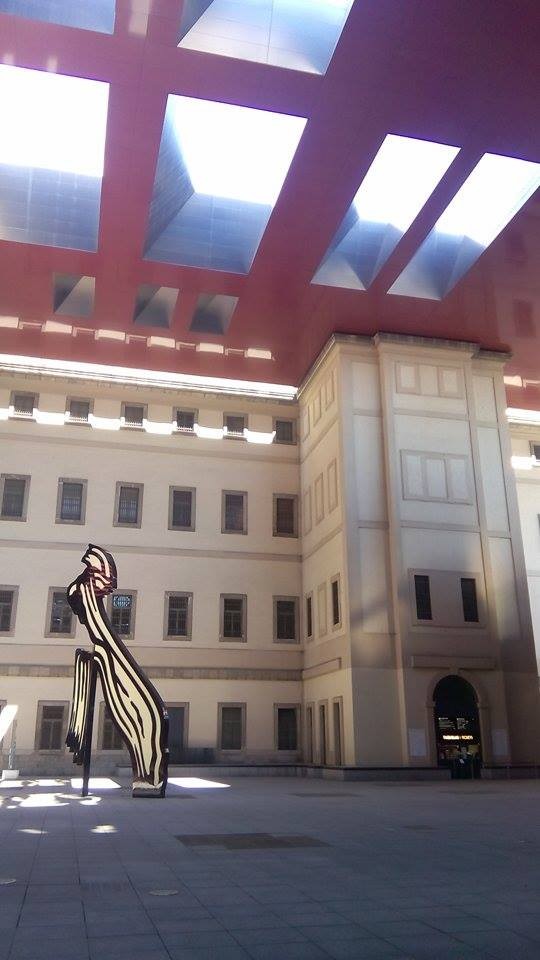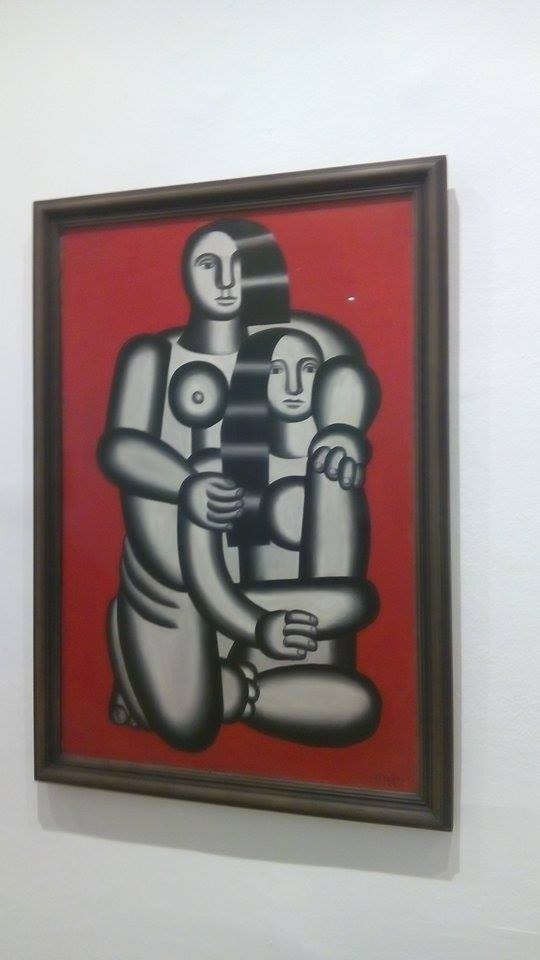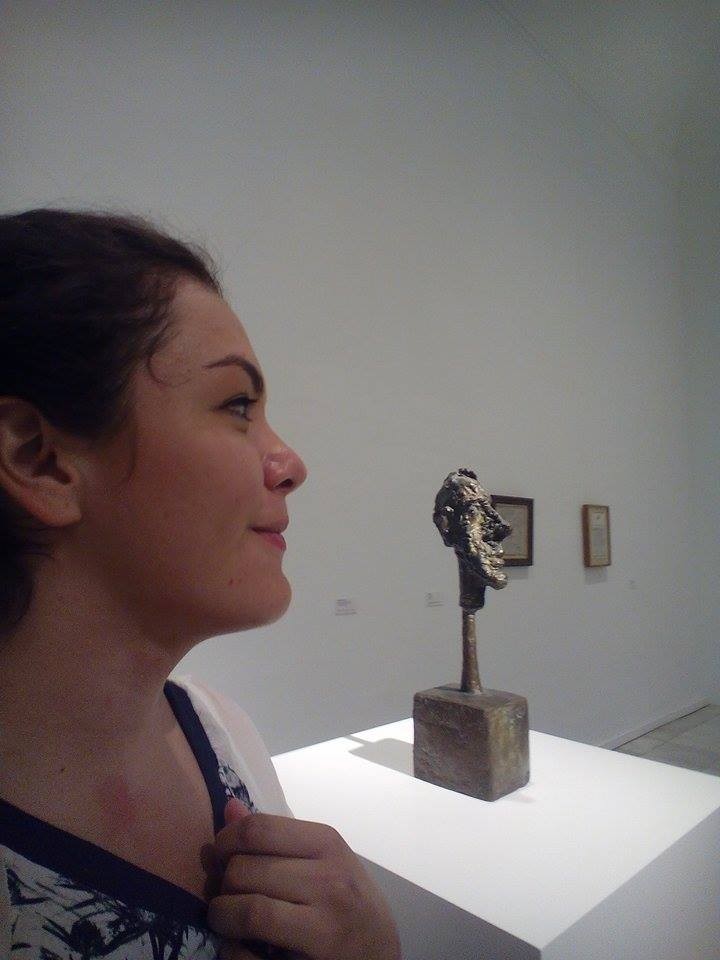Museo Nacional Centro de Arte Reina Sofía
- Address: Calle de Santa Isabel, 52, 28012 Madrid, España
- Tags:
 What to see Madrid,
Madrid,
Spain
What to see Madrid,
Madrid,
Spain
- Telephone: +34 917 74 10
- Website: http://www.museoreinasofia.es/
Free entry on Sundays!... Klee, Picasso, Miró and other unmissable works exhibited for a limited time only
Madrid is an enriching city in every possible sense of the word, despite being relatively small, given that all of its monuments, museums and parks are located just a few minutes walking distance from one another. It's absolutely essential that you visit the Museo Reina Sofía to see the temporary exhibition, 'Fuego blanco: La colección moderna del Kunstmuseum Basel' [in English, 'White Fire: The Kunstmuseum Basel Modern Collection'], which is in Madrid for a limited time only.

Place? Date?
The exhibition is temporary and is being displayed on the first floor of the Sabatini Building. It will be open from March 18th to September 14th of this year, so there's no time to lose if you still want to visit it! Pencil a day into your diary for your visit, taking the museum's opening hours into account:
- Monday to Saturday and public holidays: 10am to 9pm
- Sundays: 10am to 7pm
- The museum is closed on Tuesdays

How much does it cost to visit the museum?
Until September 14th, 2015, the cost of a combo ticket to visit both the Reina Sofía and the Prado museums is 14€. However, entry to the Reina Sofía is free on Sundays!
How do you get to the museum?
Taxis in Madrid are very expensive. You can get around very easily on foot and walk to and from any part of the city. But, if you choose to travel by metro, it's recommendable to alight at Atocha (not Atocha Renfe train station) on Line 1 (blue line) and walk along Calle Ronda de Atocha. If you take the bus, you can take several different routes: C2, N12, N15, N17 and 34. Visit Madrid's urban bus system's website here to find details of the city's different bus routes, as well as their timetables and information about the times that they stop at your closest bus stop.
About the Kunstmuseum Basel in Switzerland
The Kunstmuseum Basel is a public state collection dedicated to art in the city of Basel, Switzerland. In its day, it was considered to be the first public municipal museums in the history of art, with works dating back to the fifteenth and sixteenth centuries, as well as more contemporary works from the nineteenth and twentieth centuries.
The Kunstmuseum Basel collection at the Reina Sofía
Within the collection, you will be able to find key works that reflect modern art, as well as a historic analysis of them. The collection is intimately linked with the Swiss reality, with the vision of a protesting world, the rise of a culturally active Bourgeoisie society, and an accumulation of aesthetic factors.
The selection includes more than one hundred works, which include: paintings, sculptures, collages, photographs, and some video projections in smaller rooms. This exhibition invites you to make a crossing through different artistic periods, from modern to contemporary art, involving important and culturally decisive movements, like: Cubism, Purism, Expressionism, Constructivism, Minimalism, German Post-Expressionism, and Pop Art. It's very much a marked and interesting journey through the different exhibition rooms.
The 20th century collection
The collection contains pieces linked to two periods: the historic European avant-garde movements at the start of the century, and the art developed in the United States in the latter part, focusing particularly on the development of abstract art after the post-WW2 art movement of Abstract Expressionism.
This room contains Cubist works by Pablo Picasso, Georges Braque and Juan Gris, as well as the progenitor of Pop Art, Fernard Léger. The collection even acquired works that were insulted and condemned by the German government in 1937; works by artists like Emil Nolde and Max Beckmann.

Fernand Léger. Les deux figures (Nus sur fond rouge), 1923. Oil on gauze.
One of the collection's biggest acquisitions was a collection of Hans Arp's pieces, which show abstract tendencies and are some of the first depictions of surrealism and Dadaism in Zurich.
The spontaneous, and devoid of rhetoric, work of Paul Klee; a piece that also forms a fundamental part of the collection.

Paul Klee. Senecio (Baldgreis), 1992. Oil on gauze, 40. 3 x 37. 4 cm.
As the museum acquired new owners and representatives, the minimalist works started to form part of this incredible collection, especially those of Franz Mayer, which hinted at the influence of Andy Warhol at that time.

Alberto Giacometti. Tête d'homme sur tige (Diego) [Head of a Man on a Rod (Diego)], 1956-1958. Bronze 41. 5 x 10. 5 x 13 cm.
Bear the following things in mind
- Go there wearing comfortable clothing and trainers. There are lots of things to visit close to the Reina Sofía that is only accessible on foot.
- You can leave your personal belongings in secure lockers located inside the museum.
- As well as looking around the museum exhibits, you will also be able to see the museum's library, bookshop, and cafeteria, as well as being able to appreciate its architecture. It is important to note that the museum also has free WiFi for you to use.
- In some of the rooms, both photography and videography are prohibited.
- I would suggest spending two hours making your way around the museum's collection and exhibits.

Photo gallery
Content available in other languages
Rate and comment about this place!
Do you know Museo Nacional Centro de Arte Reina Sofía? Share your opinion about this place.






















